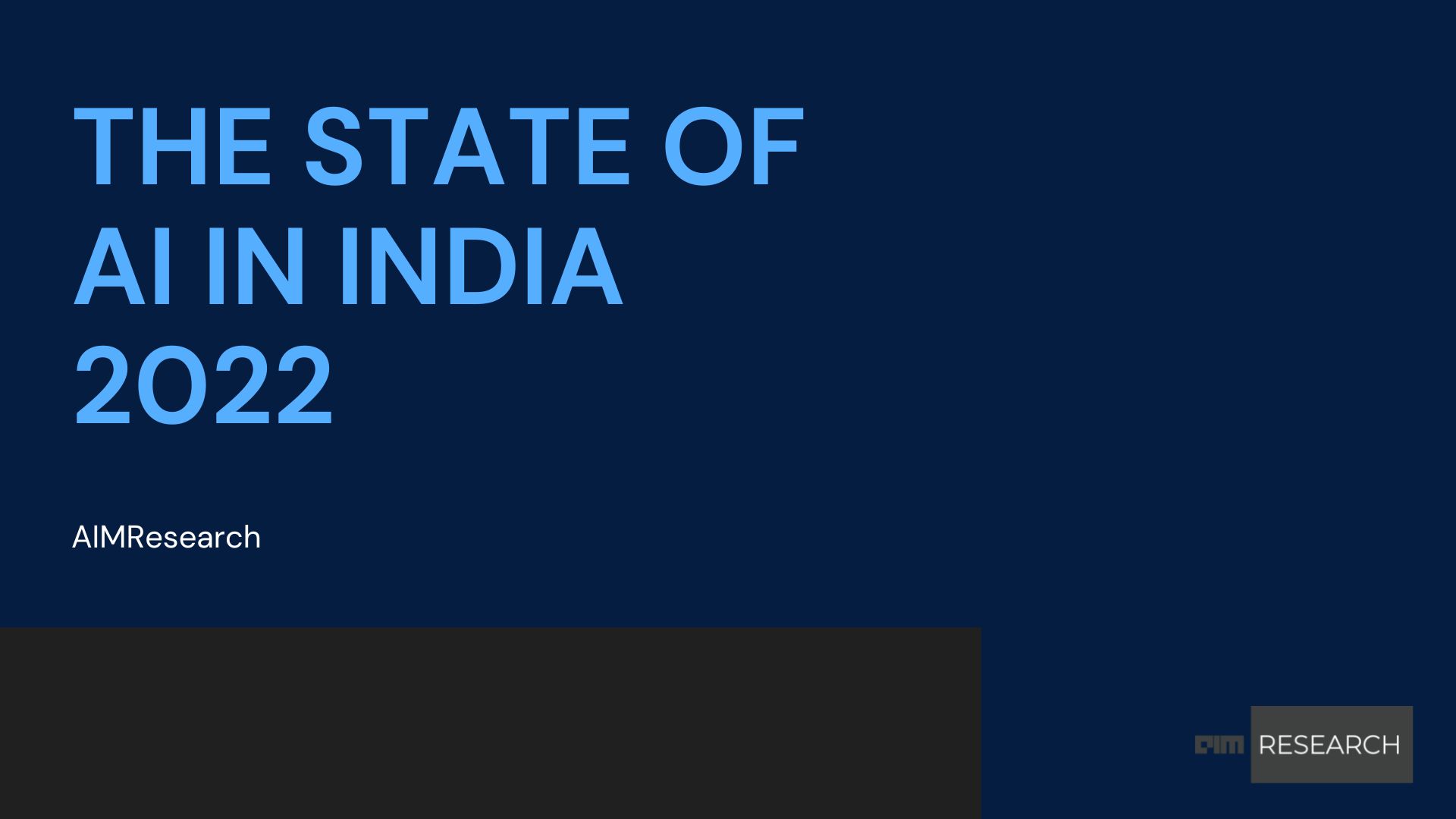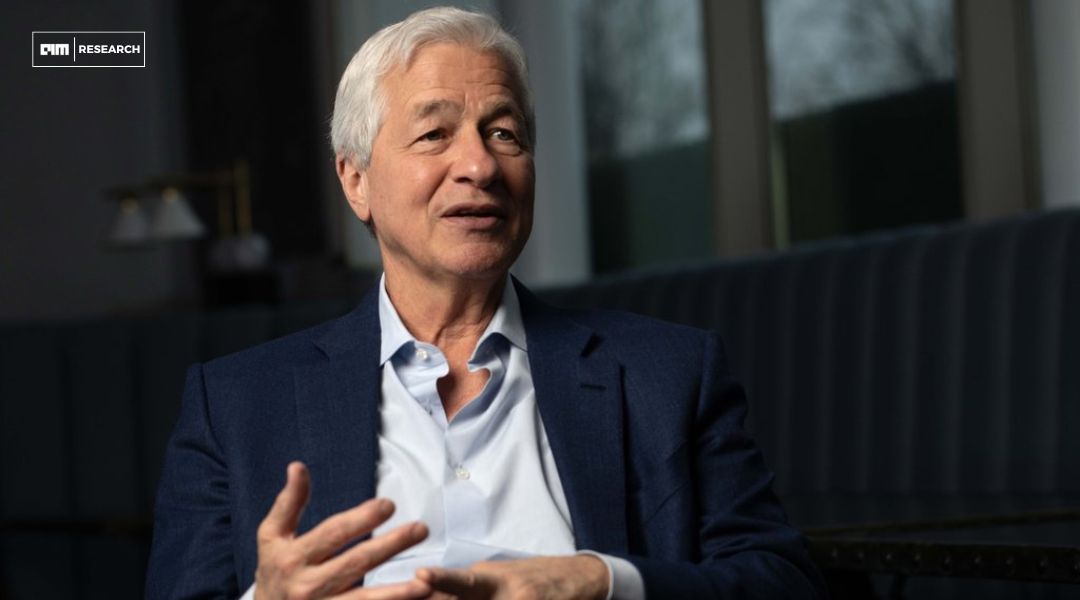

JPMorgan Chase is telling its managers to slow down on hiring. After adding more than 60,000 employees over the last five years, the country’s largest bank is pulling back and placing a new wager on artificial intelligence to drive efficiency.
“We’re asking people to resist headcount growth where possible and increase their focus on efficiency,” CFO Jeremy Barnum told investors at the bank’s annual Investor Day in New York. That shift is already being felt inside the bank’s sprawling operations division, where AI is expected to replace at least 10% of jobs involved in fraud detection, payment processing, and account services.
“I would take the over on this projection and bet that we will deliver more,” said Marianne Lake, CEO of Consumer and Community Banking, suggesting the scale of reductions could grow even further.
The change marks a turning point for JPMorgan, which has traditionally grown through scale. Its workforce has ballooned by more than 23% since 2019, reaching over 317,000 by the end of 2024. But as AI becomes more embedded across functions from wealth management to back-office processing, bank leadership is making it clear that growth, at least in headcount, is no longer the goal.
Despite the slowdown, the bank isn’t freezing all hiring. Barnum emphasized that JPMorgan will “continue to hire and invest in the high-certainty areas where there is a link between adding employees and growth revenue.” Those areas include client-facing roles such as bankers, advisors, and branch staff, functions where human relationships still drive returns.
But even those roles will be shaped by AI. The bank’s Coach AI platform, now used by over 200,000 employees, is enabling wealth advisers to locate investment research and market data up to 95% faster, allowing them to take on more clients without a proportional increase in support staff. “It’s a great example of how AI isn’t replacing human touch—it’s enhancing it,” said Mike Urciuoli, CIO of Asset and Wealth Management.
Mary Erdoes, head of that division, said the AI tools have been particularly valuable in volatile markets. “There have been several fluctuations in the market… making it very complicated to think about all your clients and all the things required to do,” she noted. With AI handling much of the anticipatory and research-heavy work, advisers were able to respond to client needs faster and more accurately, even during a major stock selloff in April.
Behind the scenes, the philosophical push is being led by CEO Jamie Dimon. At a town hall earlier this year, Dimon told employees to embrace the efficiencies AI enables and not to expect job security for roles that could be automated. “Attrition is your friend,” he said. “We could be far more efficient, and we should always be thinking that way.”
Dimon has also taken a hard line on the return-to-office mandate, another reflection of his broader desire to run the bank with more discipline and less tolerance for what he sees as corporate drift. In recent comments to Bloomberg Television, he reiterated that the company won’t bend to employee petitions or personal preferences. “You can’t learn working from your basement,” Dimon said, defending JPMorgan’s requirement for most employees to return to the office five days a week. “You’re not going to tell JPMorgan what to do.”
In a separate appearance in Paris at the bank’s Global Markets Conference, he made the point even sharper: “I completely applaud your right to not want to go to the office every day. But you’re not going to tell JPMorgan what to do.”
Internally, JPMorgan is already using AI across hundreds of workflows. Executives say they have identified 450 use cases for AI, and expect that number to rise to 1,000 by next year. Its $17 billion tech budget among the largest in global banking is being increasingly used to scale AI across divisions. Half of the bank’s global staff now has access to its GenAI toolkit, and most use it multiple times a day.
Portfolio managers, risk teams, operations staff, and call center agents are all tapping into AI to streamline tasks, answer customer inquiries, and manage workloads that previously required dozens of employees.
JPMorgan’s strategic recalibration isn’t happening in isolation. It mirrors broader shifts across corporate America, where companies like IBM, Microsoft, Google, and BT Group are investing tens of billions into AI adoption while recalibrating their workforce plans.
IBM has publicly said it will replace up to 30% of its back-office workforce, roughly 7,800 roles over five years. Duolingo, too, is phasing out human contractors in favor of AI-driven translation. And Microsoft has committed $80 billion in 2025 alone to AI-powered data centers, signaling just how central automation and intelligence have become to enterprise strategy.
For a company that added tens of thousands of jobs in just half a decade, JPMorgan’s pivot may seem abrupt. But its leadership insists the shift is strategic, not reactive.
“This is about building a more productive and more capable JPMorgan,” said Barnum. While efficiency is the priority, he stressed that safety, soundness, and high-certainty growth will remain core to the bank’s operating model. In other words, fewer hires but smarter ones.
It’s not just back-office roles at stake. As AI tools improve, even client-facing staff are expected to deliver more with less. Advisors may be able to grow their client base by 50% in the next three to five years, executives estimate, all without the need to hire at historical rates.
As Dimon put it: “Reducing bureaucracy literally will reduce cancer.” For JPMorgan, that starts with slowing the pace of hiring and letting automation do more of the heavy lifting.
📣 Want to advertise in AIM Research? Book here >
Cypher 2024
21-22 Nov 2024, Santa Clara Convention Center, CA
A Vendor Briefing is a research tool for our industry analysts, and an opportunity for a vendor to present its products, services and business strategies to analysts who cover the vendor specifically or a related technology or market.
AIM Research encourages technology vendors and agencies to brief our team for PeMa Quadrants, when introducing a new product, changing a business model, or forming a partnership, merger, or acquisition.


